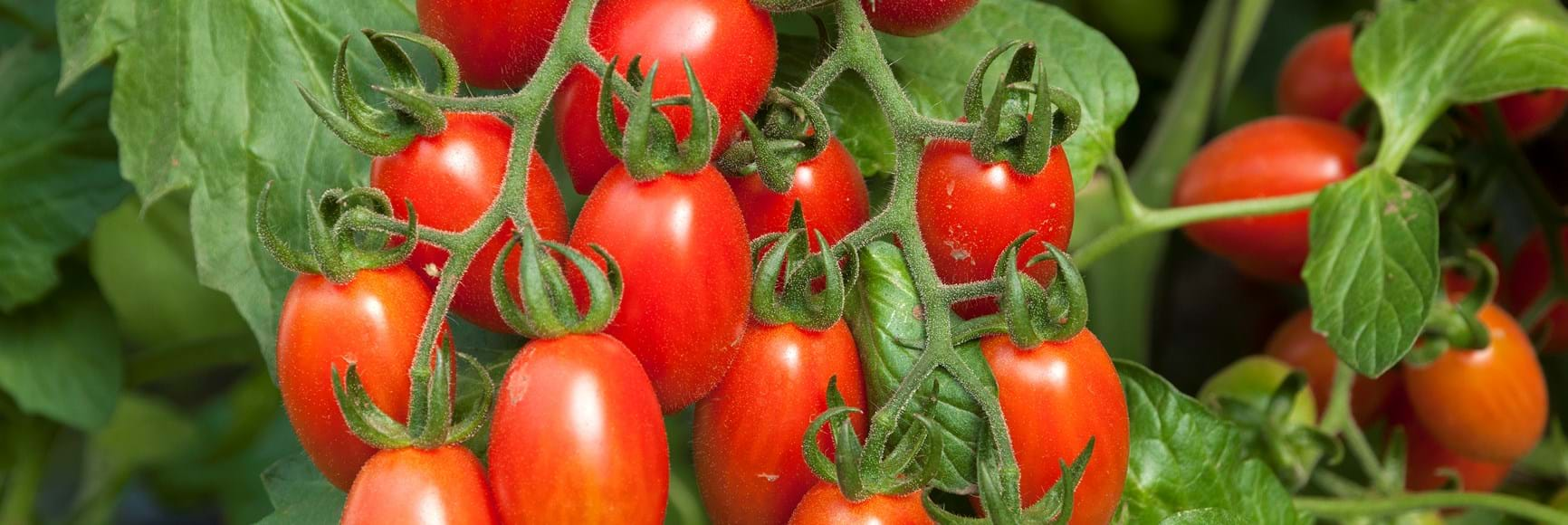Wind chill is an expression we will certainly hear in the media in the coming months. The phenomenon of wind chill, or wind cooling, is the phenomenon where it feels considerably colder in the wind than out of the wind. We can express the heat loss as a kind of perceived temperature value. Also called: wind chill equivalent temperature. To determine the wind chill, there is a formula (JAG/TI) based on the heat transport from the body to the skin.
How different or comparable is this with plants in the greenhouse? Here, the plant temperature relative to the greenhouse temperature is central. No formula is yet available for determining the plant temperature relative to the greenhouse temperature.
To determine plant temperature, we still use measurement methods such as infrared thermometers and thermocouples. These sensors provide insight into what the plant temperature is at the top of the plant, but increasingly the temperature of the entire plant is also measured; middle, between and lower
in the crop.
Absolute Humidity
Many factors influence plant temperature, such as the level of greenhouse temperature, sunlight, cold outside air, heat radiation from heating pipes, ventilation rate and crop mass. But moisture also has a major influence. Relative Humidity (RH) and Vapor Pressure Deficit (VPD) are the most commonly used moisture measurements. Fortunately, it is also becoming increasingly common to measure Absolute Humidity (AH). AH is the total amount of water vapor present in a certain volume of air and is expressed in g/kg or g/m³.
I always advise my growers to perform AH measurements in addition to RH and VPD. This allows optimal transpiration to be determined. The measured greenhouse temperature and the AH value are compared with each other. Experience has taught us that with an AH difference greater or smaller than 4 to 4.5, the plant's transpiration is not optimal. The difference in measured AH is determined by the measured plant temperature of the entire plant and therefore not just the temperature at the top.
Better climate control
If the plant temperature is too low relative to the greenhouse temperature, the plant transpires too little. If the plant temperature is too high, it produces too much moisture and therefore transpires too much. By controlling the greenhouse climate based on AH, growers experience that they have much better control over climate management. By incorporating the correct AH settings in the climate computer and thereby automatically adjusting the greenhouse temperature accordingly, one can choose to either ventilate more on the leeward or windward side, dehumidify, or crack open the screen cloth. New developments that can also help with this are the application of 2 or 3 screens in the greenhouse, dehumidification and the use of HPS instead of LED lighting.
Many studies based on greenhouse climate are still expressed in values of RH and VPD. I would like to advocate for also including absolute humidity in these going forward. This will allow us to achieve the most optimal climate for our crops in the greenhouse even better and more easily.
If you would like to know more about the application of absolute humidity in your cultivation, we can discuss this together without obligation. Send me an email and I will contact you.

